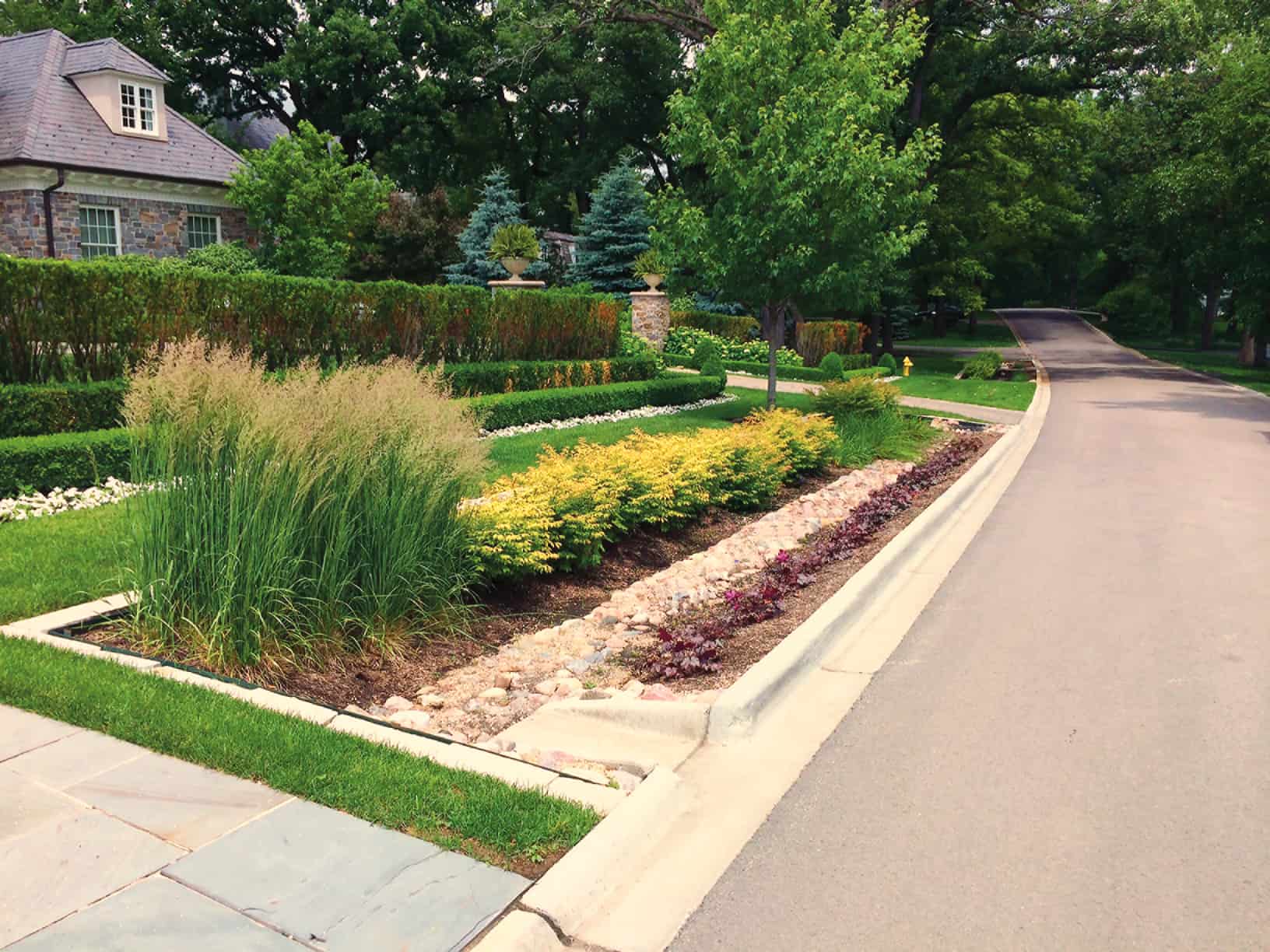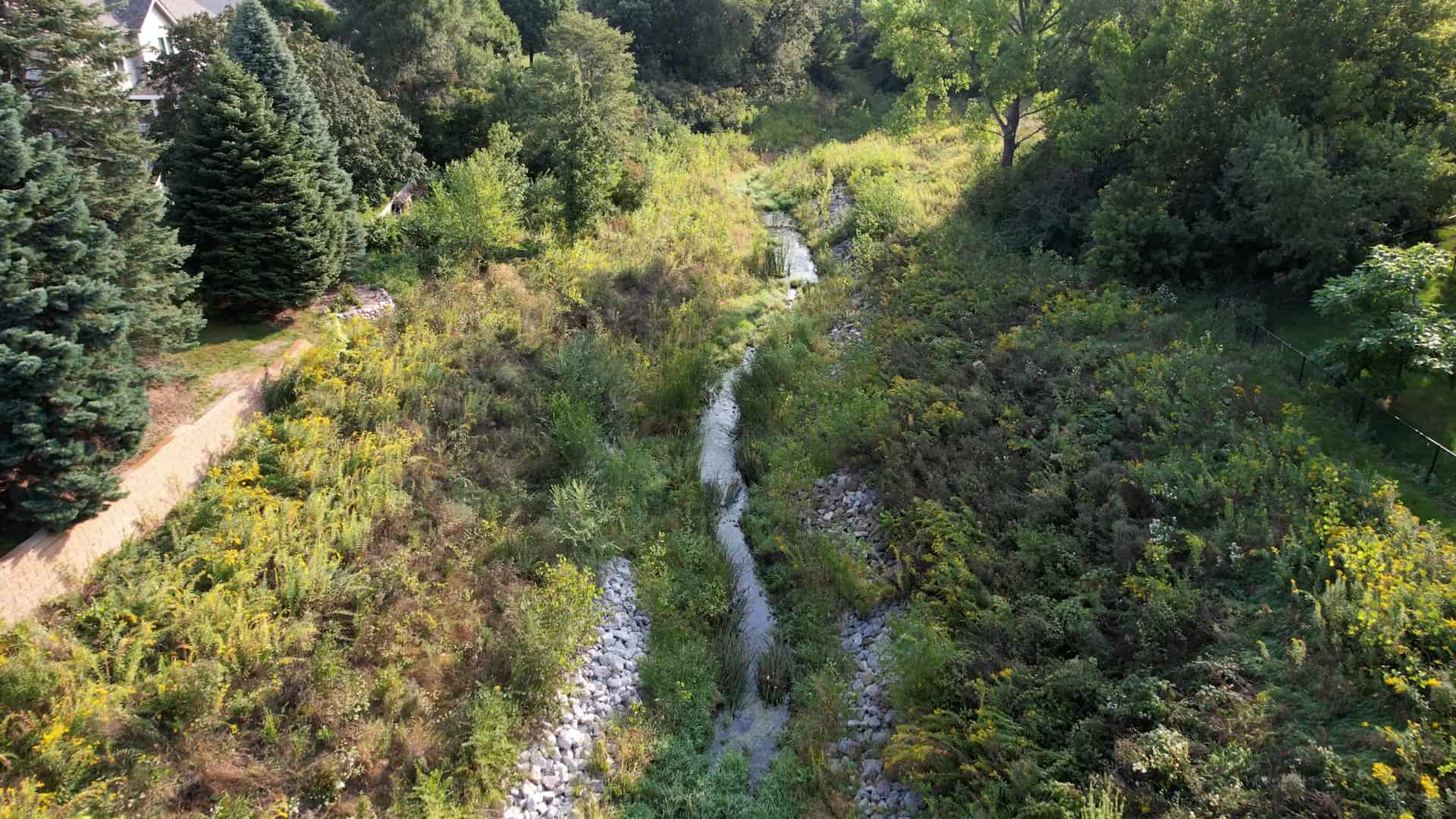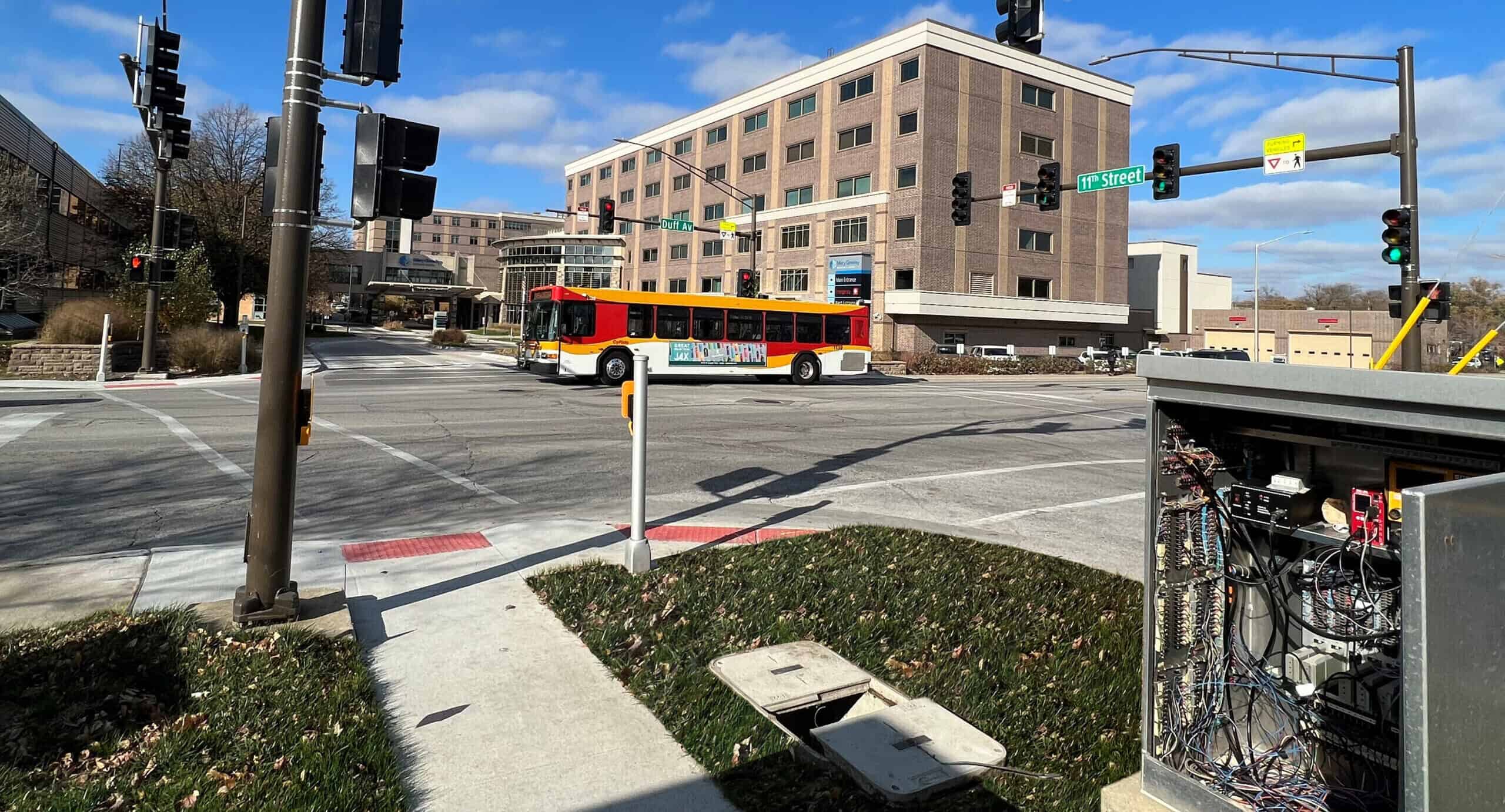
Building Community Resilience Starts with Sustainable Infrastructure Design

Resilience can be defined as the ability to recover quickly from setbacks. In communities around the country, civil infrastructure projects provide an assortment of challenges to address building community resilience. Efficiently-operating civil infrastructure is an essential component of a resilient, livable community.
The highways, bridges, and wastewater treatment plants we build today have design lives ranging from 20 to 75 years. This means that the civil infrastructure we are building will establish the energy, water, and materials efficiencies, and ecosystem impacts for decades. Communities must do the best they can with existing technologies, designing and delivering the most resource and energy-conserving infrastructure within the limits of budgets and priorities.
It’s no longer enough that infrastructure works, is constructed on time and within budget, or even that it is long-lasting — it now must be sustainable and resilient to changing conditions.
A tool that helps public works professionals, engineers, planners, contractors, policy experts, investors, and others work towards a more livable community is the Envision Rating System which is a state-of-the-art resource that helps professionals plan and execute more sustainable infrastructure projects. Today there are over 6,500 Envision Sustainability Professionals worldwide.
Envision is a guide that combines a best practices library, field-proven checklists for infrastructure projects of every size and type, and a comprehensive sustainability rating system. It provides an objective framework of criteria and performance achievements that helps users identify ways in which sustainable approaches can be used to plan, design, construct, and operate infrastructure projects. Developed by the Institute for Sustainable Infrastructure (ISI), Envision is a sustainability rating system for civil infrastructures to parallel what LEED does for buildings. It covers all phases of the project lifecycle: planning and design, construction, operation and maintenance, and deconstruction, demolition, and disposal.
5 Main Categories of the Envision Rating System:
- Quality of Life: Purpose, Community, Wellbeing
- Leadership: Collaboration, Management, Planning
- Resource Allocation: Materials, Energy, Water
- Natural World: Siting, Land & Water, Biodiversity
- Climate & Risk: Resilience, Emission

Conventional vs. Sustainable Approach
All communities have roads, and most have some issues with capacity or poor level of service. In addition, they may be facing other challenges, such as deteriorating pavement, impacts on neighboring cities, project funding, and the public’s wants and needs. While every project has challenges, the conventional approach to this type of project is pretty simple. Add lanes to accommodate additional traffic and reconstruct or resurface the roadway to fix the deteriorating pavement, all while meeting minimum regulations.
But what has been missed? Stepping back allows planners to look at this process in a more sustainable light. What if the best solution isn’t adding more lanes? What about considerations for the public, stakeholders, native plantings, and other social, economic, and environmental impacts?
Helping in the Design for Building Community Resilience
Typically in any conventional approach, the only attention to climate and risk centers on regulatory requirements. In a sustainable approach, considerations such as addressing the infrastructure’s resilience and reducing greenhouse gas and air pollutant emissions are evaluated.

Resilient design of civil infrastructure focuses on the following:
- Assessing the Climate Threat
- Avoiding Traps and Vulnerabilities
- Preparing for Long-Term Climate Adaptability
- Preparing for Short-Term Hazards
Assessing the climate threat involves the development of a comprehensive Climate Impact Assessment and Adaptation Plan. This step is crucial to help prepare for climate variations and natural hazards. The project team identifies and takes climate change risks and possible responses into the design of the infrastructure.
Evaluating the potential of long-term traps, vulnerabilities, and risks due to long-term changes can be detrimental to a community if not planned for accordingly. Did the project team prepare infrastructure systems to be resilient to the consequences of long-term climate change, perform adequately under altered climate conditions, or adapt to other long-term change scenarios? Other long-term scenarios need to be considered such as supply shortfalls, changes in operational conditions, desertification, beach erosion, loss of wetlands, etc.
Finally, preparing for natural and man-made short-term hazards needs to be considered to improve protection measures beyond existing regulations. The frequency and severity of these hazards may change over the life of the project (e.g., catastrophic wildfires, floods, tornadoes, hurricanes, earthquakes, tsunamis, etc.) and strategies need to be put in place to safeguard natural habitats and the community.
Every family, every community, and every business needs infrastructure to thrive, as it encompasses our local water mains, power lines, electrical grids, and the street in front of our homes. An efficiently-operating infrastructure is an essential component of a livable community. Conventional approaches to the design of our infrastructure may soon be inadequate. With many areas being affected by natural disasters, growing populations, and budget shortfalls, sustainable design approaches need to be considered to help communities become resilient to adversity.
HR Green has helped communities with various aspects of preserving natural environments or incorporating green infrastructure. Examples of our work can be found here:
Subscribe to HR Green Insights
We're dedicated to providing up-to-date knowledge and insights about the topics that matter most to you. We know how busy you are, so we will keep this simple, covering just one topic per email. Once you've subscribed, you can easily customize your preferences to receive only the updates relevant to you.



